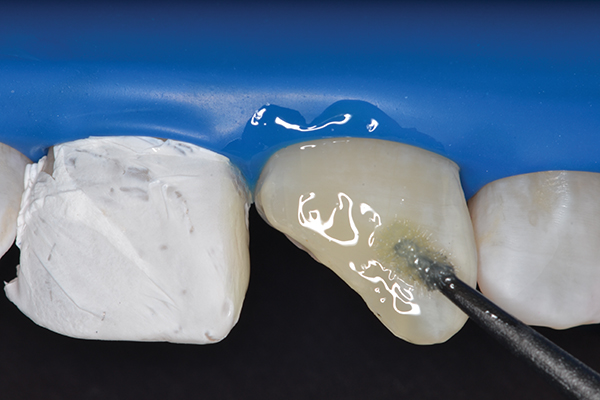The dental bonding agents are necessary materials with different applications in restorative and cosmetic dentistry. They are a key player responsible for maintaining a secure grip and bond with the surface to be restored (which can manifest in fillings/veneers/crowns). This article explains what dental bonding agents are, details about how they work, and the importance of having them during various interventions in dentistry. Like many parts of the world, dental bonding agents remain a key component in modern dentistry used by dentist in Boynton Beach providing functionality and aesthetics.
What Are Dental Bonding Agents?
Dental bonding agents are materials used to bond restorative materials (composite resins or ceramics) on the natural tooth. Adhesive agents bind the tooth enamel or dentin with durable and effective restoration.
How Does a Dental Bonding Agent Work?
The bonding of restorative materials to teeth is a multi-step process in which the bonding must work well for it all to come together.
1. Tooth Preparation
The dentist has to prep the tooth surface before using the bonding agent. Cleaning the tooth and extracting any decaying or damaged tissue are common steps in this process. It’s also possible to slightly roughen the surface to improve bonding.
2. Applying the Bonding Agent
The bonding agent is applied to the tooth’s surface once it has been prepped. Since the agent is usually liquid, it can enter the tiny holes and abnormalities in the tooth structure.
3. Polymerization
Once the bonding agent is placed, it’ll be light cured as well so that in turn initiates content photoinitiators with these typically part of a coloring system. The bonding agent is then hardened by a process called polymerization, which forms a strong bond between the tooth and restorative material.

4. Restorative Material applied
The dentist places restorative material (composite resin for a filling or porcelain used as inlays, onlays, and veneers) into the prepared site where it flows to fill all of the microscopic structures created by acid etching. The substance very closely sticks the material to the tooth surface where it is adhered and produces a long-lasting effect.
Types of Dental Bonding Agents
There are many types of dental bonding agents available, each with its properties and uses. The decision of the bonding agent will rely on the treatment and patient requirements. The main types of dental bonding agents are:
1. Etch and Rinse bonding system
This bonding system is a technique that requires the enamel and dentin to be etched with a phosphoric acid solution before the application of the bonding agent. During this process, a weak acid is placed on the surface of tooth enamel for around 15 seconds to remove a small amount of it and create rough areas characterized by better bonding.
2. Self-Etch Bonding Agents
Contain an acid as part of the adhesive, which creates a micromechanical bond to enamel and dentin without rinsing off. There is less chance for sensitivity due to these agents and it was easier to apply which makes them famous in many home procedures.
3. Universal Bonding Agents
Universal bonding agents are all-purpose use types of adhesives that can be used with both total-etch and self-etch techniques. They match the clinical conditions necessary for their use and are formulated to adhere well both in enamel and dentin.
4. Resin-Based Bonding Agents
In operations where a strong bond to dentin is required, bonding agents based on resin are employed. These adhesives are perfect for bonding crowns, inlays, and onlays because they have a resin component that strengthens and extends the connection.
Whether you are getting a filling, veneer, or crown made for your tooth, it is good to appreciate bonding agents because they play an important role in the practice of dentistry. Broadly speaking, bonding agents will continue to evolve and form the foundation upon which high-quality long-term restorations can be available for patients as dental technology advances.





